Basic Water Purification
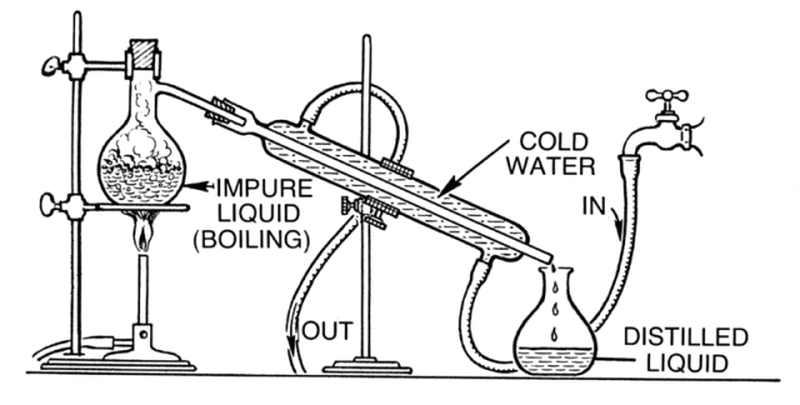
Water Purification
Water purification is the removal of contaminants from raw water to produce drinking water that is pure enough for human consumption or for industrial use.
Substances that are removed during the process include parasites (such as Giardia or Cryptosporidium) , bacteria, algae, viruses, fungi, minerals (including toxic metals such as Lead, Copper etc.), and man-made chemical pollutants.
Many contaminants can be dangerous—but depending on the quality standards, others are removed to improve the water's smell, taste, and appearance.
A small amount of disinfectant is usually intentionally left in the water at the end of the treatment process to reduce the risk of re-contamination in the distribution system.
Many environmental and cost considerations affect the location and design of water purification plants.
Groundwater is cheaper to treat, but aquifers usually have limited output and can take thousands of years to recharge.
Surface water sources should be carefully monitored for the presence of unusual types or levels of microbial/disease causing contaminants.
The treatment plant itself must be kept secure from vandalism and terrorism.
It is not possible to tell whether water is safe to drink just by looking at it.
Simple procedures such as boiling or the use of a household charcoal filter are not sufficient for treating water from an unknown source.
Even natural spring water - considered safe for all practical purposes in the 1800s - must now be tested before determining what kind of treatment is needed
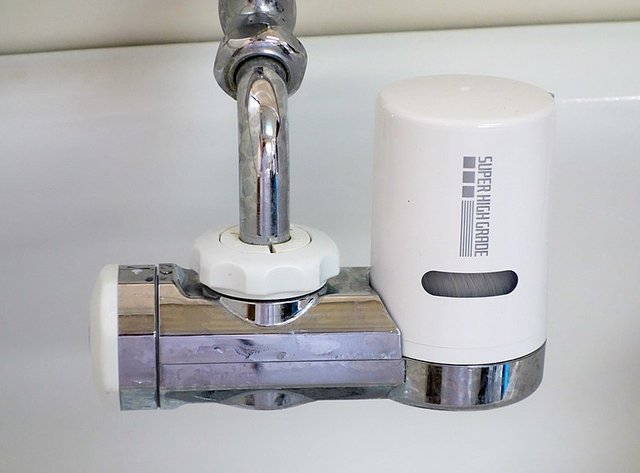
Water purifier
The goals of the treatment are to remove unwanted constituents in the water and to make it safe to drink or fit for a specific purpose in industry or medical applications. Widely varied techniques are available to remove contaminants like fine solids, micro-organisms and some dissolved inorganic and organic materials, or environmental persistent pharmaceutical pollutants. The choice of method will depend on the quality of the water being treated, the cost of the treatment process and the quality standards expected of the processed water.
The processes below are some of the few basic water purification methods.
Boiling
Boiling water is the cheapest and safest method of water purification. Water sources and or channels of distribution may render your water unsafe. For example, parasites and germs are things you may not see by bare eyes, but their effects can be life threatening.
Boiling water is used as a method of making it potable by killing microbes that may be present. The sensitivity of different micro-organisms to heat varies, but if water is held at 70 °C (158 °F) for ten minutes, many organisms are killed, but some are more resistant to heat and require one minute at the boiling point of water.
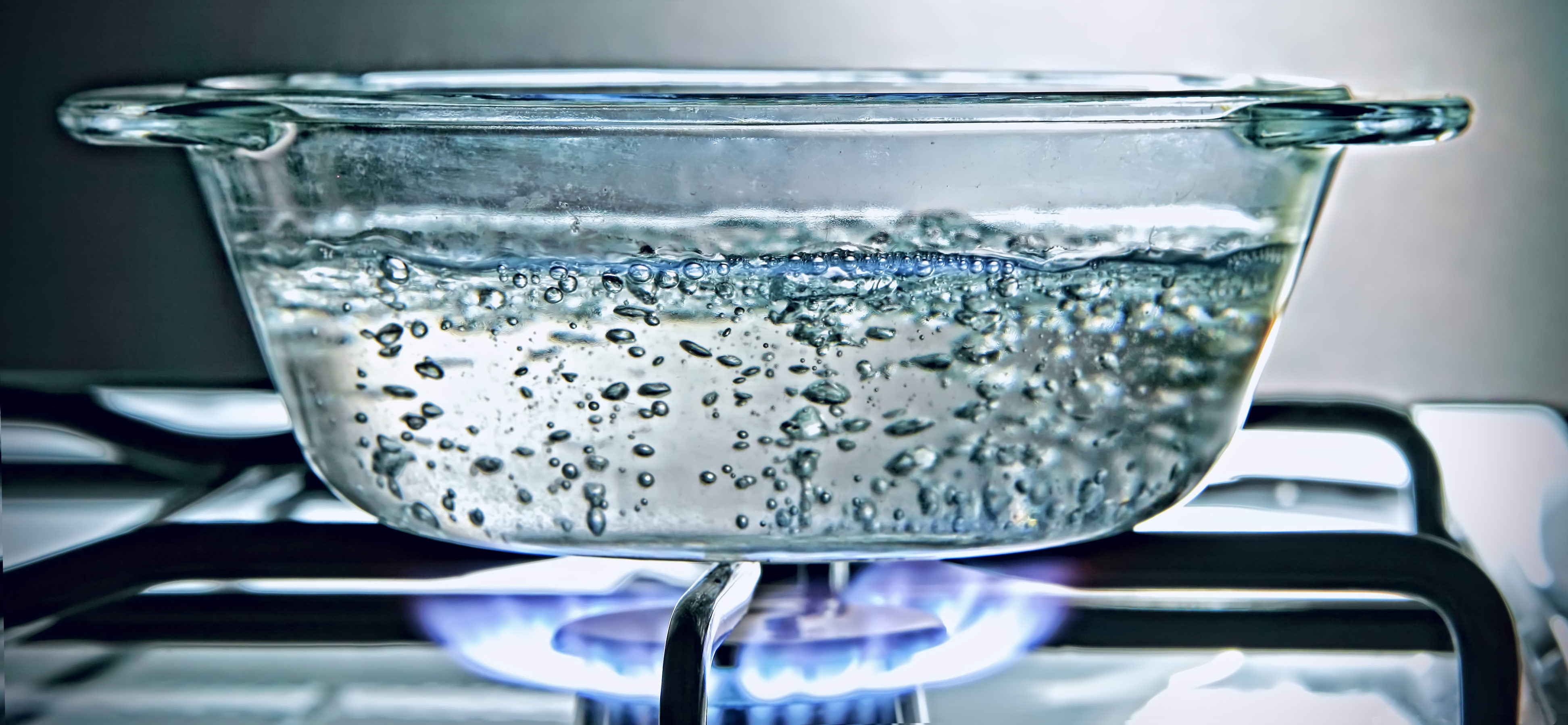
Boiling Water
In this method, clean water should be brought to boil and left at rolling-boil for 1-3 minutes. For people living in high altitude areas, it is recommended to boil your water for longer than water boiled at lower altitudes. This is because water boils at lower temperatures in higher altitudes. Boiled water should be covered and left to cool before drinking. For water drawn from wells, leave it for compounds to settle before you filter out clean water for use.
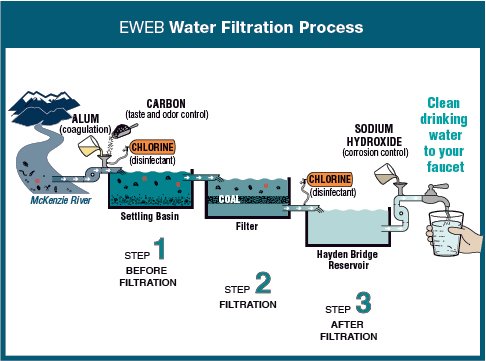
Filtration Process
Filtration
A water filter removes impurities by lowering contamination of water using a fine physical barrier, a chemical process, or a biological process. Filters cleanse water to different extents for purposes such as providing agricultural irrigation, accessible drinking water, public and private aquaria, and the safe use of ponds and swimming pools.
Filtration is one of the effective ways of purifying water and when using the right multimedia filters it’s effective in ridding water of the compounds. This method uses chemical and physical processes to purify water and make it safe for human consumption. Filtration eliminates both large compounds and small, dangerous contaminants that cause diseases with a simple and quick filtration process.. Since filtration does not deplete all the mineral salts, water that has been filtered is considered healthier compared to water purified using other methods.
It’s one of the effective water purification methods that utilize chemical absorption process that effectively removes unwanted compounds from water.
Compared to reverse osmosis, filtration is considered effective when it comes to selective elimination of much smaller molecular compounds such as chlorine and pesticides. The other factor that makes filtration less costly is that it does not require a lot of energy needed in distillation and reverse osmosis. It is an economic method of water purification because little water is lost during purification.
Methods of filtration
Filters use sieving, adsorption, ion exchangesand other processes to remove unwanted substances from water. Unlike a sieve or screen, a filter can potentially remove particles much smaller than the holes through which its water passes.
Types of water filters include media filters, screen filters, disk filters, slow sand filter beds, rapid sand filters, cloth filters, and biological filters such as algae scrubbers.
Portable water filters
Water filters are used by hikers, aid organizations during humanitarian emergencies, and the military. These filters are usually small, portable and lightweight (1-2 pounds/0.5-1.0 kg or less), and usually filter water by working a mechanical hand pump, although some use a siphon drip system to force water through while others are built into water bottles. Dirty water is pumped via a screen-filtered flexible silicon tube through a specialized filter, ending up in a container. These filters work to remove bacteria, protozoa and microbial cysts that can cause disease. Filters may have fine meshes that must be replaced or cleaned, and ceramic water filters must have their outside abraded when they have become clogged with impurities.
Water distiller
A boiling water distiller. Boiling tank on top and holding tank on the bottom.
Distillation
Distilled water is water that has had many of its impurities removed through distillation. Distillation involves boiling the water and then condensing the steam into a clean container.
Distillation is a water purification method that utilizes heat to collect pure water in the form of vapor. This method is effective by the scientific fact that water has a lower boiling point than other contaminants and disease-causing elements found in water. Water is subjected to a heat source until it attains its boiling point. It is then left at the boiling point until it vaporizes. This vapor is directed into a condenser to cool. Upon cooling, vapor is reversed into liquid water that is clean and safe for drinking. Other substances that have a higher boiling point are left as sediments in the container.
This method is effective in removing bacteria, germs, salts and other heavy metals such as lead, mercury and arsenic.
Distillation is ideal for people who have access to raw, untreated water.
This method has both advantages and disadvantages. A notable disadvantage is that it is a slow process of water purification. In addition, it requires a heat source for the purification to work. Although cheap sources of energy are being developed, distillation remains a costly process of purifying water. It is only ideal (effective and least costly) when purifying small quantities of water (It is not ideal for large scale, commercial or industrial purification).
Applications
Distilled water is preferable to tap water for use in automotive cooling systems. The minerals and ions typically found in tap watercan be corrosive to internal engine components, and can cause a faster depletion of the anti-corrosion additives found in most antifreeze formulations.
Distilled water is also preferable to tap water for use in model steam engine boilers and model engines of other types. Mineral build-up resulting from the use of tap water in model boilers can severely reduce the efficiency of the boilers if run for long periods. This build-up is known as boiler scale.
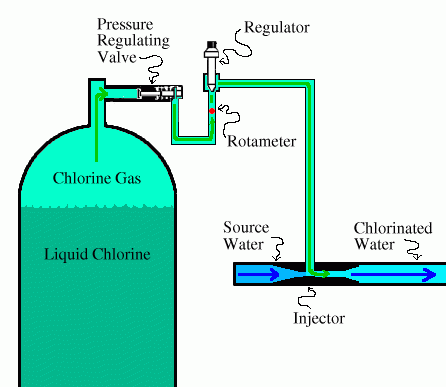
Vacuum Chlorinator with connection to Chlorine Cylinder
Chlorination
Water chlorination is the process of adding chlorine (Cl2 ) or hypochlorite to water. This method is used to kill certain bacteria and other microbes in tap water as chlorine is highly toxic. In particular, chlorination is used to prevent the spread of waterborne diseasessuch as cholera, dysentery, and typhoid.
Chlorine is a powerful chemical that has been in use for many years to treat water for home consumption.
Chlorine is an effective water purification method that kills germs, parasites and other disease-causing organisms found in ground or tap water.
Water can be purified using chlorine tablets or liquid chlorine. As an off-the-shelf water purification product, chlorine is cheap and effective. However, caution should be taken when using chlorine liquid or tablets to treat drinking water. For example, people suffering from thyroid problems should talk to a medical practitioner before using this product. When using chlorine tablets, it is important to apply them in heated water, as they dissolve well in water that is at 21 degree Celsius or higher. Chlorine tablets kill all bacteria leaving your water clean and safe.
Disadvantage
Disinfection by chlorination can be problematic, in some circumstances. Chlorine can react with naturally occurring organic compounds found in the water supply to produce compounds known as disinfection by-products (DBPs). The most common DBPs are trihalomethanes (THMs) and haloacetic acids (HAAs). Trihalomethanes are the main disinfectant by-products created from chlorination with two different types, bromoform and dibromochloromethane, which are mainly responsible for health hazards. Their effects depend strictly on the duration of their exposure to the chemicals and the amount ingested into the body. In high doses, bromoform mainly slows down regular brain activity, which is manifested by symptoms such as sleepiness or sedation. Chronic exposure of both bromoform and dibromochloromethane can cause liver and kidney cancer, as well as heart disease, unconsciousness, or death in high doses. Due to the potential carcinogenicity of these compounds, drinking water regulations across the developed world require regular monitoring of the concentration of these compounds in the distribution systems of municipal water systems. The World Health Organization has stated that "the risks to health from these by-products are extremely small in comparison with the risks associated with inadequate disinfection".
There are also other concerns regarding chlorine, including its volatile nature which causes it to disappear too quickly from the water system, and organoleptic concerns such as taste and odor.
Sources
Thanks for visiting my page.
Leave a comment below if you find the topic helpful. Don't forget to Upvote and Follow @jaybaba. Best Regards @jaybaba
Hi Jay, I'm new to Steemit and I try to make new friends and practice my English. You have a very interesting blog! I decided to follow you, regards